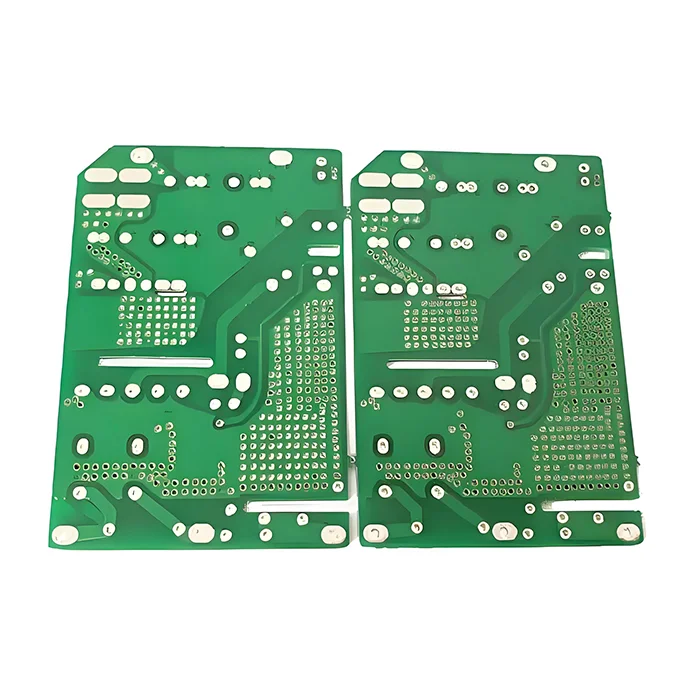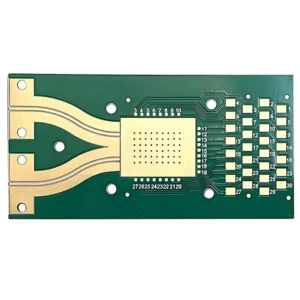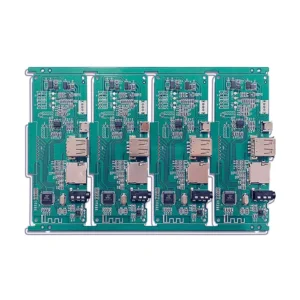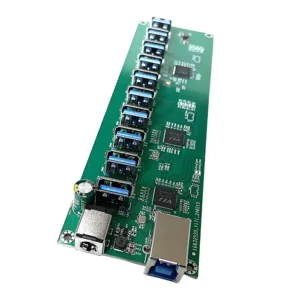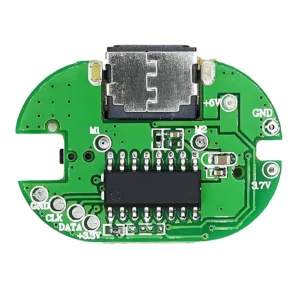3 Layer Automotive PCB
$34.90
A 3-layer automotive PCB is an asymmetrical board in automotive applications with 3 conductive layers and basic EMI shielding and thermal dissipation. It is a budget-friendly alternative to 4-layer PCBs for simple automotive systems like wiper controls, door locks, and low-speed CAN.
Shipping fee and delivery date to be negotiated. Send inquiry for more details.
Your payment information is processed securely. We do not store credit card details nor have access to your credit card information.
Claim a refund if your order is missing or arrives with product issues, our support team would deal with your refund within 24 hours.
| Layer Counts | 3L |
| Base Material | FR4 |
| Board Thickness(mm) | 1.6mm |
| Max board size(mm) | 570*850mm |
| PCB size tolerance | ±0.2mm |
| Min. Hole Size | 0.15mm |
| Min. Line Width | 4mil |
| Copper Weight | 1oz |
| Surface Finish | ENIG |
| Certificate | UL, RoHS, ISO, ISO9001, ISO13485, IPC610, and REACH |
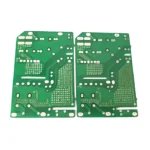 3 Layer Automotive PCB
3 Layer Automotive PCB
| 5 star | 0% | |
| 4 star | 0% | |
| 3 star | 0% | |
| 2 star | 0% | |
| 1 star | 0% |
Sorry, no reviews match your current selections
Questions & Answers
1. Does MOKOPCB support small-batch production?
Yes, we support small-batch and prototype production for you to examine our PCB quality and compatibility.
2. What’s the maximum board size you can produce for a 3-layer PCB?
570*850mm is the largest size we can fabricate for a 3-layer automotive PCB.
3. Is impedance control possible on a 3-layer PCB?
Yes, it is limited but feasible for single-ended signals in the 3-layer board.
4. Why is it important to have the automotive printed circuit board in your car?
Automotive circuit boards are the foundation for almost all electronics in vehicles. From engine control unit and safety systems to navigation and lighting, PCB provides reliable electrical connectivity and signal integrity. The effective and safe operation of automotive systems relies on PCBs.
5. How many types of automotive PCBs are in a car? How many PCBs does an automotive approximately have?
The general types include single-sided, double-sided, multilayer, rigid, flex, and rigid-flex PCBs, and there are normally 30-200 PCBs in a car, depending on the complexity and the number of electronics.
6. Why is the 3-layer PCB uncommon in automotive PCBs?
Asymmetrical 3-layer PCBs are prone to warping, uneven stress distribution, and signal imbalance, particularly under thermal cycling. However, the even-layer designs like 2, 4, 6 layers are optimized with greater mechanical stability and electrical performance.
7. What’s the structure of a 3-layer automotive PCB?
A 3-layer automotive PCB includes 3 conductive copper layers that are separated by dielectric material. 1 layer may be the solid ground plane, and the other 2 layers are copper layers to handle signal routing and power distribution. 3-layer PCB is typically custom-designed due to its rarity.
8. Why use 3 layers in automotive PCBs rather than 2 or 4 layers?
Though a 3-layer PCB is seldom used in automotive, it still has its unique roles. The design constraint in tight spaces, or the cost-driven compromise when 4-layer capacities are not needed but a 2-layer board is not sufficient, the 3-layer PCB plays its special role.

